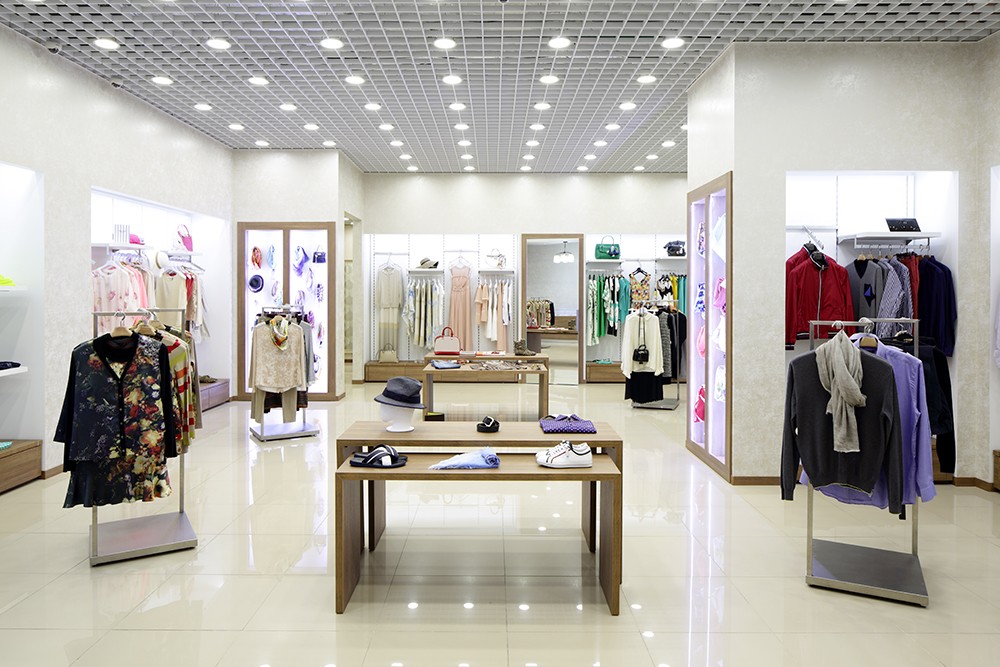
How will you guard against employee theft these holidays?
Now is the time many retailers are bringing in casual staff to cater to the holiday season and pre-Christmas rush.
It’s a traditionally busy time for human resources and retail management alike. But amidst all the necessary onboarding, training and recruiting, store security should be also be at the top of every retailer’s mind as part of the hiring process.
Why? Because sadly employee theft accounts for a third of retail loss. So, as you welcome new staff to your team in time for Christmas, here’s what you need to know.
The statistics
Last year the National Retail Federation noted dishonest employees accounted for 33.2 per cent of all retail loss, costing the industry around $15 billion.
In a further report they also found each incident cost employers an average of $1264.
The high cost of individual employee theft is attributed to the fact the crime can be hard to detect and often a significant amount has been stolen by the time dishonesty is suspected.
So how do employees steal?
Employee theft methods
Employee theft can take a number of forms, but most often it involves leveraging the staff member leveraging a position of trust to their advantage.
Common methods include:
- Under ringing
Where the cashier uses the Point of Sale to ring up an item at less than its listed price, collects the full amount and pockets the difference. - Product theft
This is just the straight theft of a product. - Skimming
Involving pocketing a small amount of money from the till in the hope it will go unnoticed when the till is counted at the close of day. - Sweet hearting
Sweet hearting can involve a series of strategies but sees employees fail to ring up or discount items for the benefit of friends. - Gift card theft
Typically difficult to detect, git card theft involves an employee issuing fake refunds for gift cards that they keep. It also involves handing a customer a blank gift card while they keep the loaded one. - Refunds
In this case, the cashier rings up a false refund and keeps the cash.
Can you pick a thief?

Just like general shoplifting, there is no set profile for a dishonest employee. They can be male or female, young or mature, and come from all races, religions, and backgrounds.
What does tend to unite them is motivation, which usually takes one of three forms:
- Need: To support family or lifestyle
- Revenge: Bitterness about their situation or anger toward management, often emotionally driven.
- Thrills: The adrenaline rush brought on by the risk of getting caught (often there is no financial need to steal).
That said, there are a host of ways to deter employee theft, the most important of which is staff screening.
Staff screening
At busy retail times like pre-Christmas, screening of employees can prove more challenging, yet it is no less important.
Despite the need to staff a store adequately, all prospective team members should be interviewed, have their references checked and where possible have a criminal history check undertaken.
This helps eliminate potential staff members who may have form for dishonest practices.
Meanwhile, a host of other policies and procedures should be adopted by retailers to guard against employee theft. These include:
Culture and morale
The culture of an organization plays an important ole in whether employees will be tempted to steal from a retailer. Statistics indicate workplaces where employees feel valued, heard and adequately recompensed for their labor are less prone to theft.
General shoplifting deterrents
A retail outlet which employs best practice in loss prevention generally is also often less prone to employee theft.
That’s because proper loss prevention eliminates theft opportunity but also indicates a no tolerance approach to shoplifting and crime.
Education
Every staff member who is brought into a retail organization should be clearly educated about the repercussions of theft.
This is not only for the benefit of employees who might be tempted to steal, but also helps create an environment where others may be more willing to speak up if they feel a fellow staff member is doing something inappropriate.
This education also helps instill the knowledge that theft affects far more than the retailer and the dishonest employee. It also impacts the retail bottom line which ultimately impacts the number of staff members who can be employed and the rates of pay they receive.
Monitoring
Staff monitoring, whether via CCTV or supervision acts to deter employees from theft. Monitoring can also involve regular locker and bag checks or employing security staff to watch the entire store.
Technology
Meanwhile, there is a wealth of technology that reduces both shoplifting and internal theft. From Point of Sale reporting and analytics, to EAS security tags and labels which protect items from theft, retailers should look to and implement the technology available in advance of the pre-Christmas rush.
You can learn more about EAS security tags and labels here.


